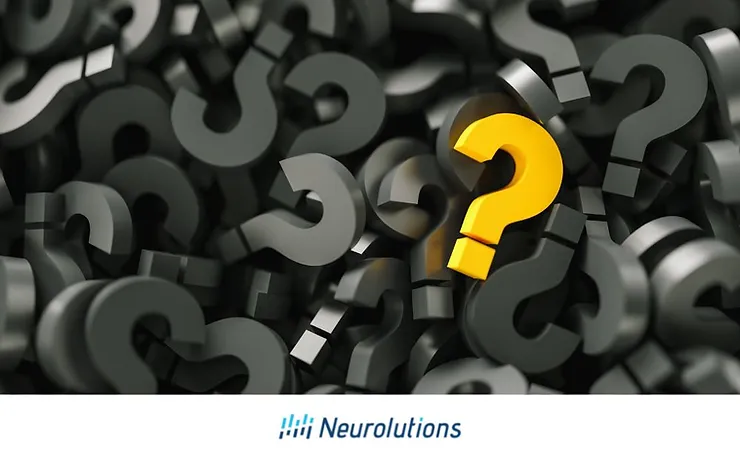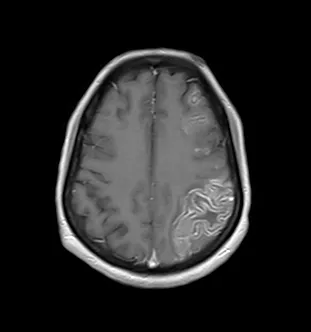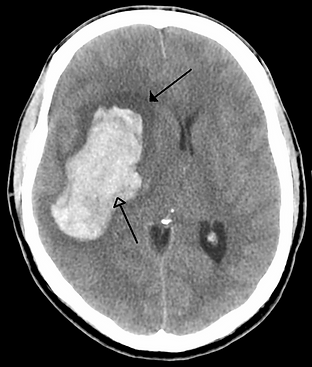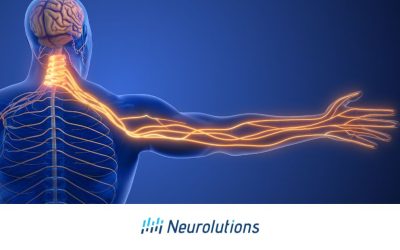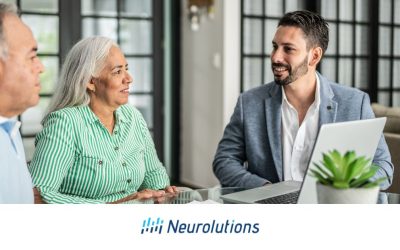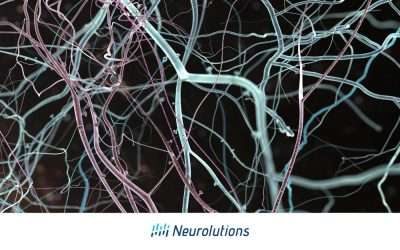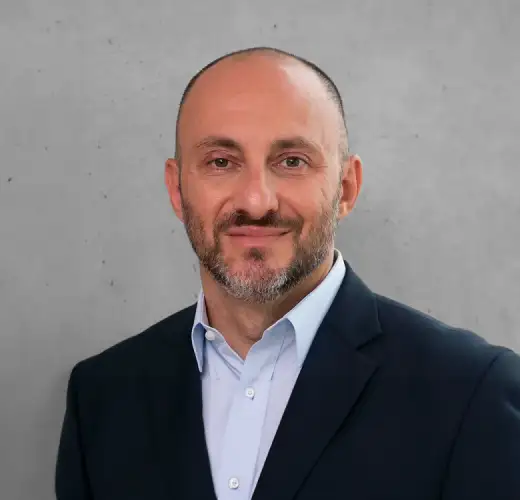What Is A Stroke?
Strokes, also known as cerebrovascular accidents (CVA), occur when blood flow in part of the brain is interrupted, denying brain tissue oxygen and nutrients. Damage to or death of brain cells can occur within minutes of such an event. There is a wide range of effects that can occur post-stroke for survivors. Deficits and impairments are variables based on where the stroke occurred and how much damage occurred to brain tissue. Some survivors will completely recover, but almost 2/3 have some sort of disability.
Why Does A Stroke Happen?
A stroke can happen for a few reasons. All strokes are caused by a lack of blood supply to the brain, leading to tissue injury, and resulting in the death of vital cells of the brain known as neurons. The stoke can be one of two reasons. Ischemic or hemorrhagic.
- ·Ischemic Stroke: a clot that blocks blood flow to the brain causing the death of tissue
- Hemorrhagic Stroke: bleeding into the brain which can cause direct damage to the brain tissue itself or cause swelling in the brain creating damage
-
Is There A Higher Chance That Individuals Who Have Had One Stroke Will Have Another?
Once a stroke has occurred, there is a greater chance that a second stroke will occur. It is estimated that up to 25% of stroke survivors will experience a second stroke within the year that the first stroke occurred.
Are There Any Things I Can Do To Lessen The Likelihood Of Having Another Stroke?
There are many things that a stroke survivor can do to help lower their risk of another stroke. They include the following tips:
Know Your Numbers – Blood Pressure, Blood Sugar, and Cholesterol
High blood pressure, diabetes, and high cholesterol can be risk indicators for stroke. If these metrics change and increase, contact your physician to discuss lifestyle or medication changes.
Medication Compliance for Blood Pressure
It is imperative to take medications for the above risk factors as advised by your doctors. This is imperative for the prevention of the continued occurrence of stroke. If you feel you are having side effects related to medication, contact your doctor right away for options, and do not stop taking medication. It can be very common for a stroke survivor to stop taking medications if they feel as if it is causing side effects but please do not stop taking them without talking to your team as stopping the use of medications “cold turkey” can cause other serious health concerns, especially following a stroke.
Getting a Healthy Amount of Activity
An overwhelming amount of research supports the need for aerobic activity to support brain health with or without a medical history of stroke, but especially after having a stroke. Even if the stroke survivor is unable to ambulate following a stroke, completing wheelchair-based activities such as arm yoga or riding an arm bike use can increase blood flow throughout the body. Talk to your physical and occupational therapist for safe activity progression and guidance.
Eating a Balanced and Healthy Diet
Diets with a high percentage of fruits and vegetables have been shown to help lower cholesterol, which can be a stroke risk factor.
Stop Smoking
If you smoke, stop. Smoking has been proven time and time again to cause serious health conditions such as heart and vascular conditions which can both lead to stroke. Talk to your care team about a smoking secession plan that can assist with quitting.
What Does Rehab For Upper Extremity Rehabilitation Involve?
Rehabilitation following a stroke can be different for everyone. Usually, upper extremity rehabilitation will typically begin with inpatient rehabilitation to address the use of the upper extremity paired with activities of daily living to increase independence to help return home following a stroke.
In outpatient rehabilitation, arm rehabilitation is addressed in more detail, where techniques such as massed practice, constraint-induced therapy, and the use of technologies such as electric stimulation or other modalities are typically utilized to increase arm functionality.
What Different Types Of Rehabilitation Are There for Stroke Survivors?
Rehabilitation following a stroke can be different for everyone. If hospitalized at the onset of a stroke, the survivor may receive some therapy from acute care therapists to address early mobility and help with discharge planning. From the hospital, the individual may then be recommended further rehabilitation in inpatient rehabilitation or a skilled nursing facility based on tolerance.
Inpatient rehabilitation provides a minimum of 3 hours of daily individualized therapy, whereas skilled nursing facilities provide maybe 1-1.5 hours of less intensive therapy daily while the survivor is increasing their tolerance to activity. Following inpatient or skilled nursing therapy, the individual may then receive home health therapy or home health therapy.
To qualify for home health services, the individual must be “homebound” meaning that they are only able to leave their home for limited reasons such as doctor appointments or religious services. When better, the stroke survivor can then attend outpatient therapy where they may receive one therapy services such as physical therapy or may attend physical therapy, occupational therapy, and speech therapy based on needs. There are also intensive weekly programs or day programs that are also available depending on insurance and location.
Are There Any Technologies Available To Help With Rehabilitation And Upper Extremity Recovery After a Stroke?
New technologies for rehabilitation following a stroke are expanding rapidly. Rehabilitation technologies can vary from devices requiring minimal training such as electrical stimulation and taping, to advanced technology with advanced certifications. Advanced technology for the upper extremity includes robotics, virtual reality, vagal nerve stimulation, TMS, and brain-computer interface. Please ask your therapist for further education on these topics and if you meet the criteria for use.

